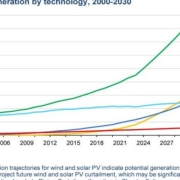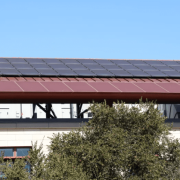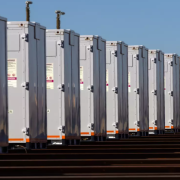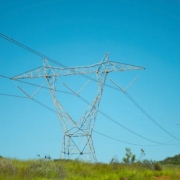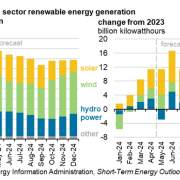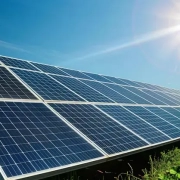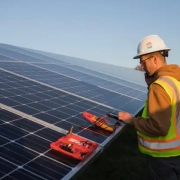The International Energy Agency has published its October report, and here is a brief summary of their expectations for photovoltaic energy: IEA – Octubre 2024.
By 2030, global renewable electricity generation is expected to reach over 17,000 TWh, representing an increase of nearly 90% compared to 2023, sufficient to cover the combined demand of China and the United States. Significant milestones will be reached in the next six years:
Click here to read the full article
Source: Reve
—
If you have any questions or thoughts about the topic, feel free to contact us here or leave a comment below.

